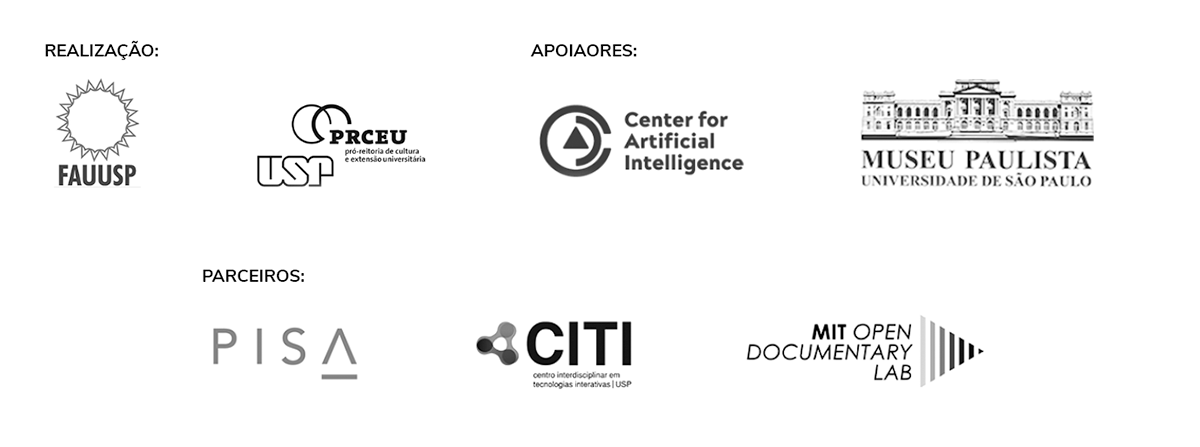Dom Pedro without a heart
Rebeca Lopes.
The Imperial Crypt is located in Ipiranga Park, below the Independence Monument. It is a small room, a mausoleum, which houses the mortal remains of Emperor Dom Pedro I and his two wives, Empress Maria Leopoldina of Vienna and Amélie of Leuchtenberg.
The result of a contest held in 1917, the Independence Monument was designed with the aim to create a truly Brazilian monument to celebrate a century of independence, at a time of fervent debates about the construction of a national identity.
The crypt was opened thirty-six years later, in 1953. In the following year, the body of Empress Leopoldina arrived, which was transferred from Rio de Janeiro, where most imperial remains were located. The remains of Dom Pedro were transferred from Porto, Portugal, in 1972, as part of the celebrations of the anniversary of independence – planned by the military to exalt Brazilian nationalism.
Dom Pedro’s remains took the same fou-thousand-mile route as Pedro Álvares Cabral and landed in Rio de Janeiro’s Guanabara Bay on April 22, 1972, the day of Brazil’s discovery (from a European perspective). Still in the capital of Rio de Janeiro, the urn was anchored in Morro da Viúva, followed in procession to the Monument to the Dead of World War II, in the Glória neighborhood. Then, it was taken to Aterro do Flamengo, where Portuguese President Américo Thomaz handed it over to Brazilian President Garrastazu Médici, in a public event attended by over 10,000 people. From there, it went to Quinta da Boa Vista, the former residence of Dom Pedro, where the urn was on display to the public for three days. The urn traveled through several Brazilian capitals until September 2, 1972. The remains of Dom Pedro were then finally transferred from Central do Brasil, in Rio de Janeiro, to Estação da Luz, in São Paulo. This was done in a specially prepared railroad car, with the presence of teachers, academics, historians and soldiers who made up the Sesquicentennial Celebration Commission. The following day, masses were held throughout the country and, in São Paulo, at the Sé Cathedral. On Independence Day, the celebrations finally ended with the arrival of the spoils to the Imperial Crypt. Four years later, the body was duly placed in the mausoleum and, in 1984, the remains of the emperor’s second wife, Dona Amélia, arrived from Lisbon.
The process of transferring the bodies from Portugal to Brazil took over 30 years and it was no easy task. Portugal resisted sending the body of Dom Pedro I to São Paulo. It was only in 1971 that Portuguese President Américo Tomaz agreed to send him to Brazil with the condition that Dom Pedro’s heart remain in Portugal. To the Portuguese, Tomaz declared that it was ‘A symbol of a race that, although divided between two homelands, remains faithful to the soul that gives it character in the world and inspires throughout the times the destinies of the Portuguese’ (apud FLUMINHAN, 2014, p. 12).
The reasons related to the interests of the municipality of São Paulo in keeping the body of Dom Pedro and his wives are related to broader and more complex issues. The more immediate reason is that the crypt reinforced the symbolic meaning of the Independence Monument, especially as the nation’s ‘birth place.’ Furthermore, the presence of the bodies would give it a funerary value (FLUMINHAN, 2014) and, therefore, sacredness.
In the first half of the 20th century, the efforts of the municipal and state governments to create a proper ‘São Paulo’ identity and to elevate its citizens as the nation’s heroic protagonists were notable. However, in the 1970s this issue was no longer a priority. Since São Paulo had already consolidated itself as the country’s main metropolis, the policies for constructing an official historical memory shifted toward its imperial past (MONTEIRO, 2017). The construction of the crypt was successful in establishing São Paulo as the nation’s cradle, but the efforts to build a memory of the republic’s independence were aimed toward reinforcing a supposed national economic independence which, naturally, never happened.
References
- Giovanna Fluminhan, Lugares de memória em São Paulo: o Monumento à Independência no Ipiranga. Relatório Final de Iniciação Científica. Faculdade de Arquitetura e Urbanismo da Universidade de São Paulo. São Paulo, 2014.
- Michelli Monteiro. São Paulo na disputa pelo passado. Tese de doutorado. Faculdade de Arquitetura e Urbanismo da Universidade de São Paulo. São Paulo, 2017.
Photos


Cripta Imperial, construída no subsolo do Monumento à Independência no Parque da Independência em São Paulo.Implantada em 1954/1972. 
Cripta Imperial, construída no subsolo do Monumento à Independência no Parque da Independência em São Paulo.Implantada em 1954/1972. 
Cripta Imperial, construída no subsolo do Monumento à Independência no Parque da Independência em São Paulo.Implantada em 1954/1972. 
Cripta Imperial, construída no subsolo do Monumento à Independência no Parque da Independência em São Paulo.Implantada em 1954/1972. 
Cripta Imperial, construída no subsolo do Monumento à Independência no Parque da Independência em São Paulo.Implantada em 1954/1972.




